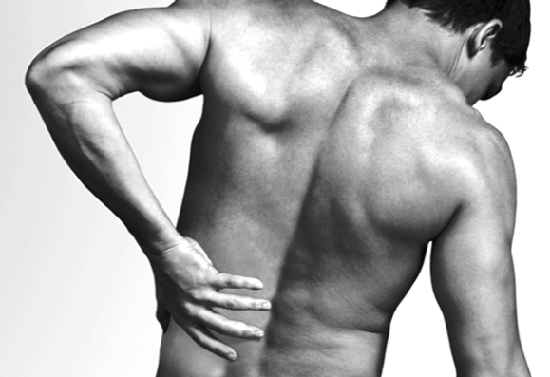Posture plays an integral part in the condition of your back. As you get older, your back and trunk muscles also get weaker and continuous adoption of inappropriate postures and activities will worsen the spondylosis.
Management of your condition includes advice on posture and this will depend on your daily activities, occupation, habits etc.
Specific exercises to strengthen your weak muscles will be employed to place your backbone in its right alignment and provide more stability for your spine.
Some aspects of your back muscles may also be tight and this may cause you to take on a poor posture and also cause back pain.
Exercises to stretch or make the back muscles flexible will also be incorporated in your exercise regime.
Aims of management include the following;
• To strengthen the trunk or torso to provide the needed support for the backbone and enhance or improve your posture.
• To improve flexibility in the trunk muscles
• To reduce body weight in order to maintain an optimal function of your trunk muscles. Excess body weight places a lot of stress on your back and makes your muscles work extra hard to maintain a good posture.
Back education
The manner in which you move and the posture you adopt in various positions ultimately affects your back.
Management of mid-back spondylosis involves appropriate education to take care of your back. This means you need to lift or carry objects, sit or stand correctly to protect your back.
You may need to modify your work place environment to avoid further harm to your back during your rehabilitation.
Also you need to;
• Avoid activities that places a lot of stress on your back
• Avoid lifting heavy objects
• Keep a good posture in all your activities at work or home
• Have adequate rest daily
• Whenever you lie on your stomach, place a small pillow beneath your legs
• Ensure that you use one small pillow for your head instead of two pillows
• Sleep on a firm bed at all times as this ensures that your spine remains in the correct alignment to prevent the development of stiffness or tightness in your back.
Therapeutic exercises for mid-back spondylosis
• Lie down - on your back - on a mat or bed, with both knees bent and your hands and feet on the bed or mat.
Gently turn your knees to your right side, as far as you can tolerate and hold the position for 10 -15 seconds. Return to the starting position and turn both knees to the left side and hold the position.
Ensure that you keep both knees together as you turn to either side. Repeat as often as you can throughout the day.
• Lie down - on your back- on a mat or bed. Bend one knee and hold it with both hands. Gently bring your knee towards your chest, as far as you can tolerate and maintain the position for 15 -20 seconds and relax.
Next, place your hands around your other knee and repeat the exercise. Another form of the exercise is to gently lift both knees off the bed or mat and place your hands on each knee.
Slowly bring your knees towards your chest with your hands, as far as you can tolerate. You should feel a slight stretch in your back muscles which should be comfortable and not painful.
Hold the position for 10 – 15 seconds and place your feet onto the bed or mat. Ensure that you keep your knees together while performing the exercise. Repeat as often as you can tolerate throughout the day.
• Lie down- on your back – on a mat or bed with both knees bent and your feet on the mat or bed.
Gently lift your hips off the bed or mat, as high as you can tolerate and maintain the position for five - 10 seconds and relax.
• Lie down on your back with both hands on the mat or bed. Bend your knees and place your feet on the mat or bed.
Gently lift your head and upper back off the bed and towards your knees. Hold the position for briefly and relax. Repeat as often as you can throughout the day.
• Knee lifts strengthen the abs by stabilising the spine while you march your legs off the floor. To begin, lie on your back with your knees bent and feet hip-width apart on the floor.
Perform a pelvic tilt and tighten the abs. Then, raise your right foot three to four inches off the floor keeping the knee at a right angle.
The lower back must stay flat on the floor for the exercise to work. Put the right foot down and repeat on the left leg.

